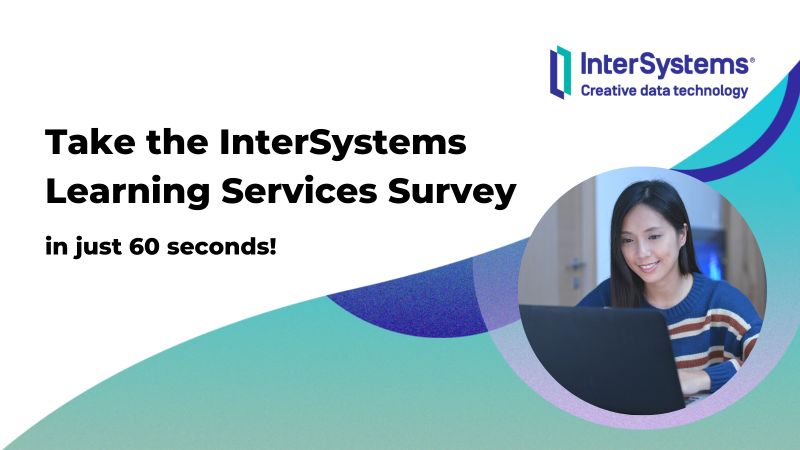I am writing documentation in VS Code, using markdown, and am including some COS snippets in it, e.g.:
```objectscript [Some COS snippet] ```
The IRIS language server (etc.) is enabled, and classes in the repository this documentation is in, are syntax highlighted properly. However, the code fragment in the documentation isn't. Syntax highlighting for e.g. XML does work.
Am I doing something wrong, or is this not supported?




.png)

